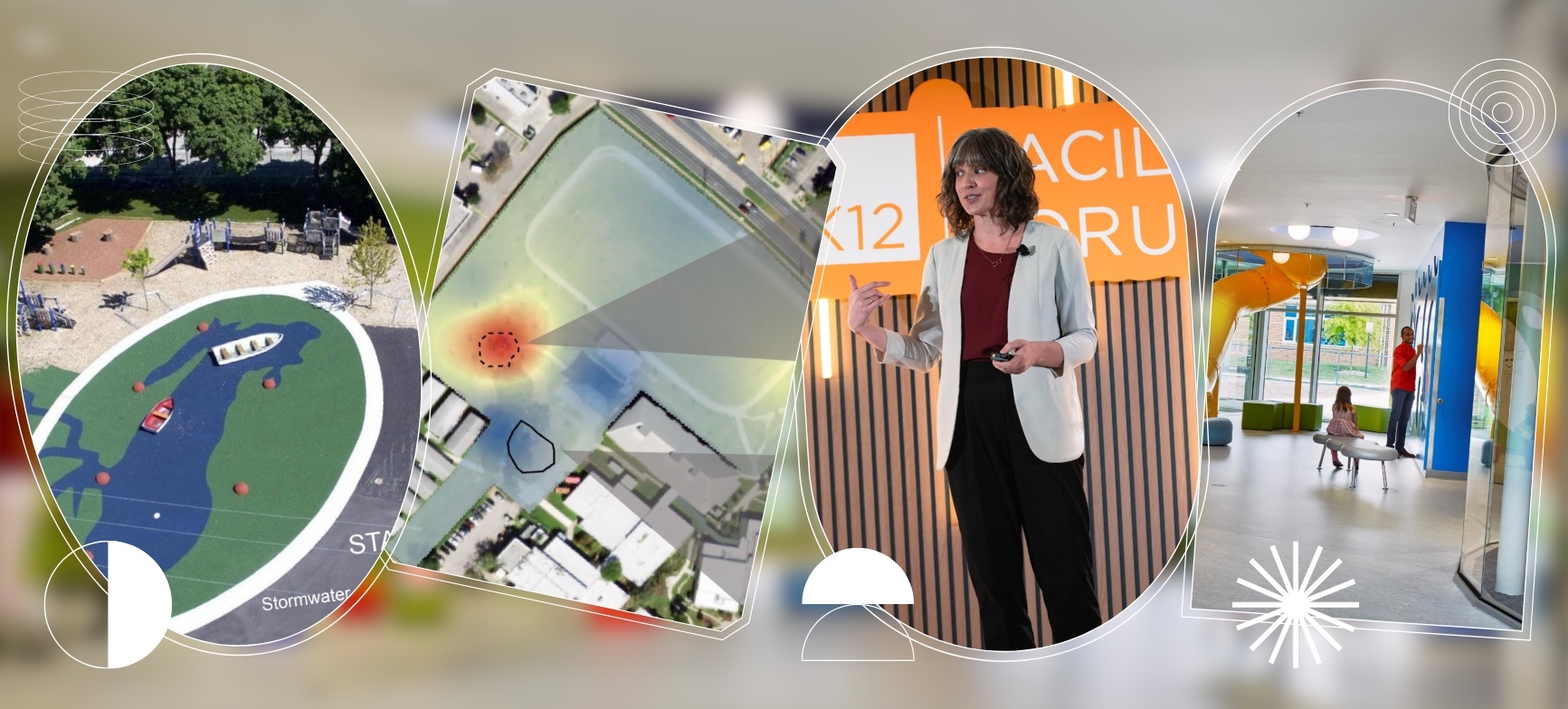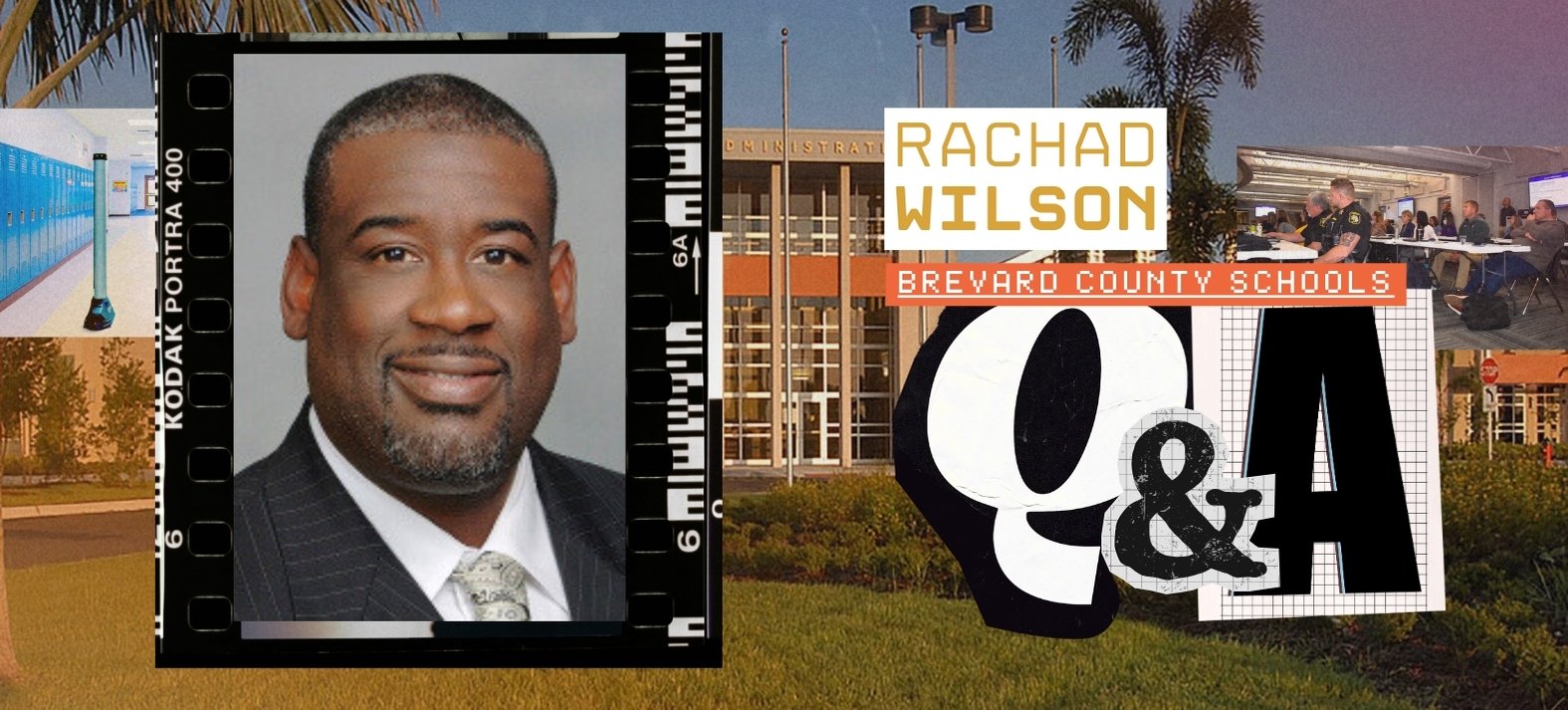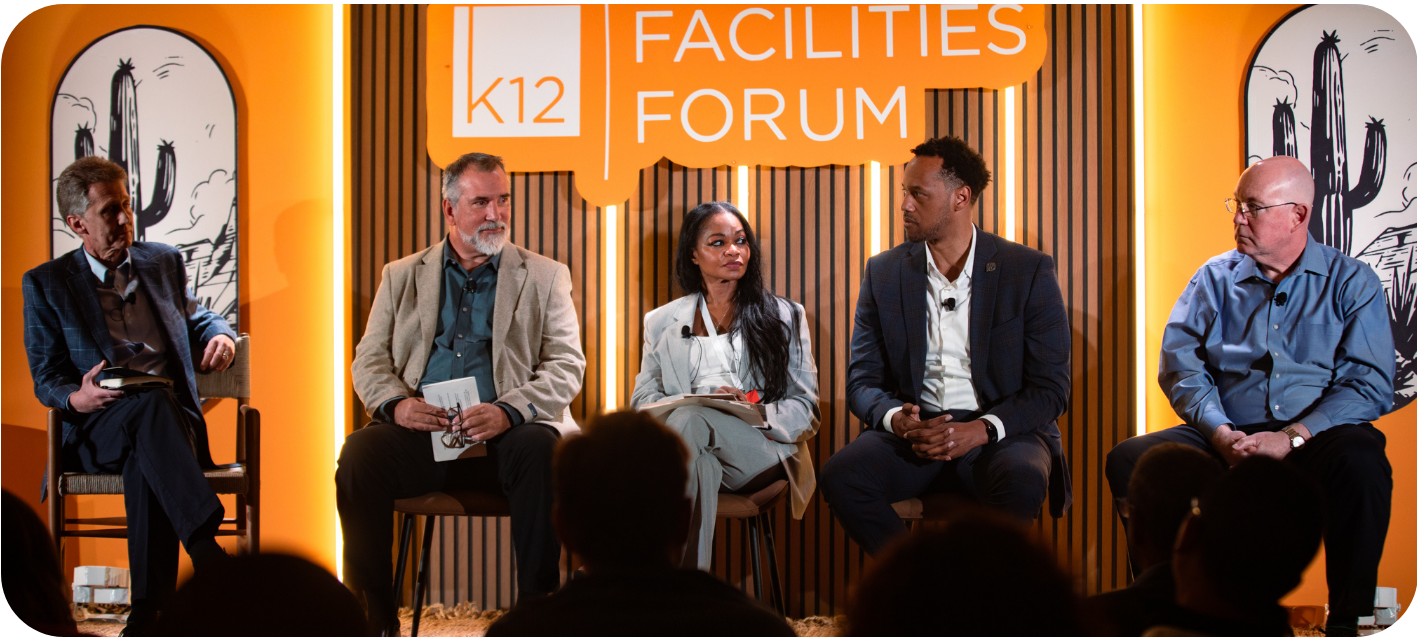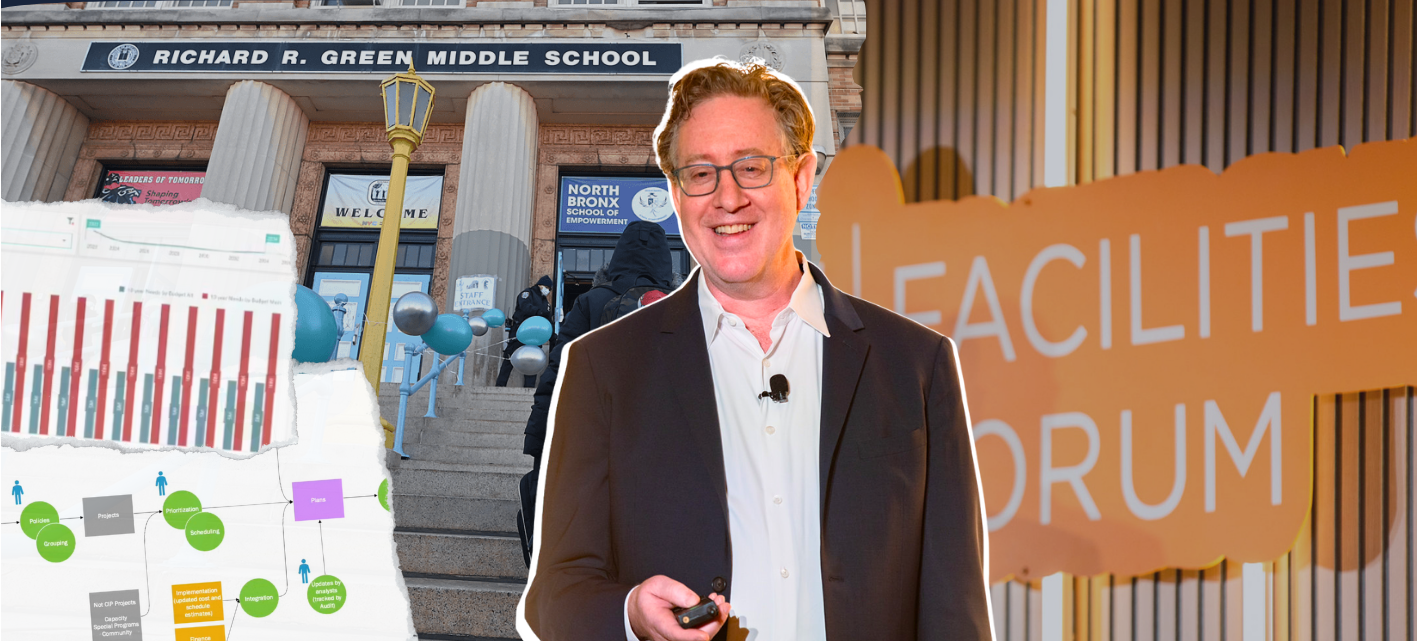Climate resilience in K-12 facilities isn't just about emergency response—it's about ensuring schools can withstand environmental challenges while maintaining optimal learning environments. As Anisa Heming, Director of the Center for Green Schools at the U.S. Green Building Council discussed at the recent K12 Facilities Forum, successful climate adaptation requires integrating resilience into existing facility management frameworks.
Climate challenges facing schools are increasingly complex. Heming discussed how research shows that just a one-degree temperature increase without air conditioning reduces yearly learning by 1%. Urban heat islands particularly impact schoolyards, where surface temperatures can soar, limiting student activity and affecting both physical and mental well-being.
Rather than creating standalone climate resilience plans, Heming advocates integrating climate considerations into existing frameworks, and Emergency Management Plans should expand focus on power outages and evaluate future climate-related disruptions.
"What is ideal for school districts is to not create a climate resilience plan, but to take the planning that you're already doing and put a different lens on it, one that’s related to climate resilience," Heming said.
K-12 district facilities leaders should look into their Master Plans to analyze the financial and social impacts of climate solutions, Heming said, including:
- Heat mitigation strategies
- Flood prevention measures
- Power reliability improvements
- Building envelope upgrades
Asset Management should incorporate climate risk into lifecycle planning. For example, extreme heat may reduce roof longevity, affecting replacement schedules and budgets.
Milwaukee Public Schools offers a compelling case study, Heming said. After discovering 40% of their sites faced severe or moderate flooding risk, they partnered with local agencies to transform 30 schoolyards with storm mitigation measures. The project included permeable paving, underground water storage, and bioswales—turning environmental challenges into educational opportunities.
Resources exist to support this work. FEMA's National Risk Index tool helps districts assess site-specific climate risks, while federal hazard mitigation grants can fund preventive measures. The Center for Green Schools offers free support and training for district sustainability staff, helping build networks for sharing best practices. By proactively addressing environmental challenges, districts can create more sustainable, reliable, and healthy learning environments while potentially saving significant resources, Heming said.
But beyond the specific need to ensure that the impact of climate change is mitigated in school facilities, making schools resilient in general to issues that can occur at a moment’s notice is crucial.
Heming used Discovery Elementary in Arlington, VA as a great example of this. During a power outage on the first day of school in 2024, classes continued uninterrupted thanks to superior daylighting and building envelope design. While neighboring schools scrambled to respond, Discovery's students and teachers hadn't even noticed the outage—a perfect example of resilience in action, Heming said.

Posted by
Join us at the K12 Facilities Forum!
The community for district and facilities leaders
Nov 8-10, 2026 | San Antonio, TX









-3.png)

Comments